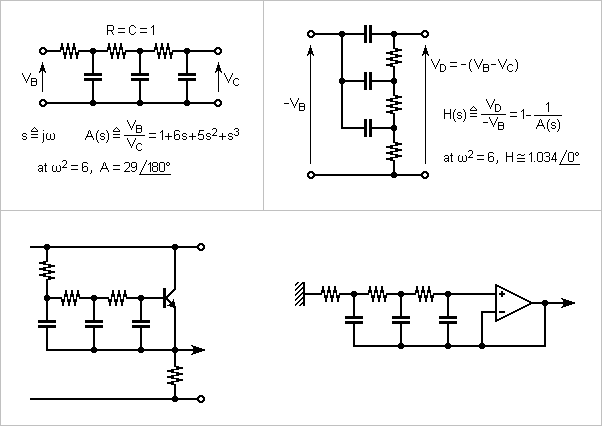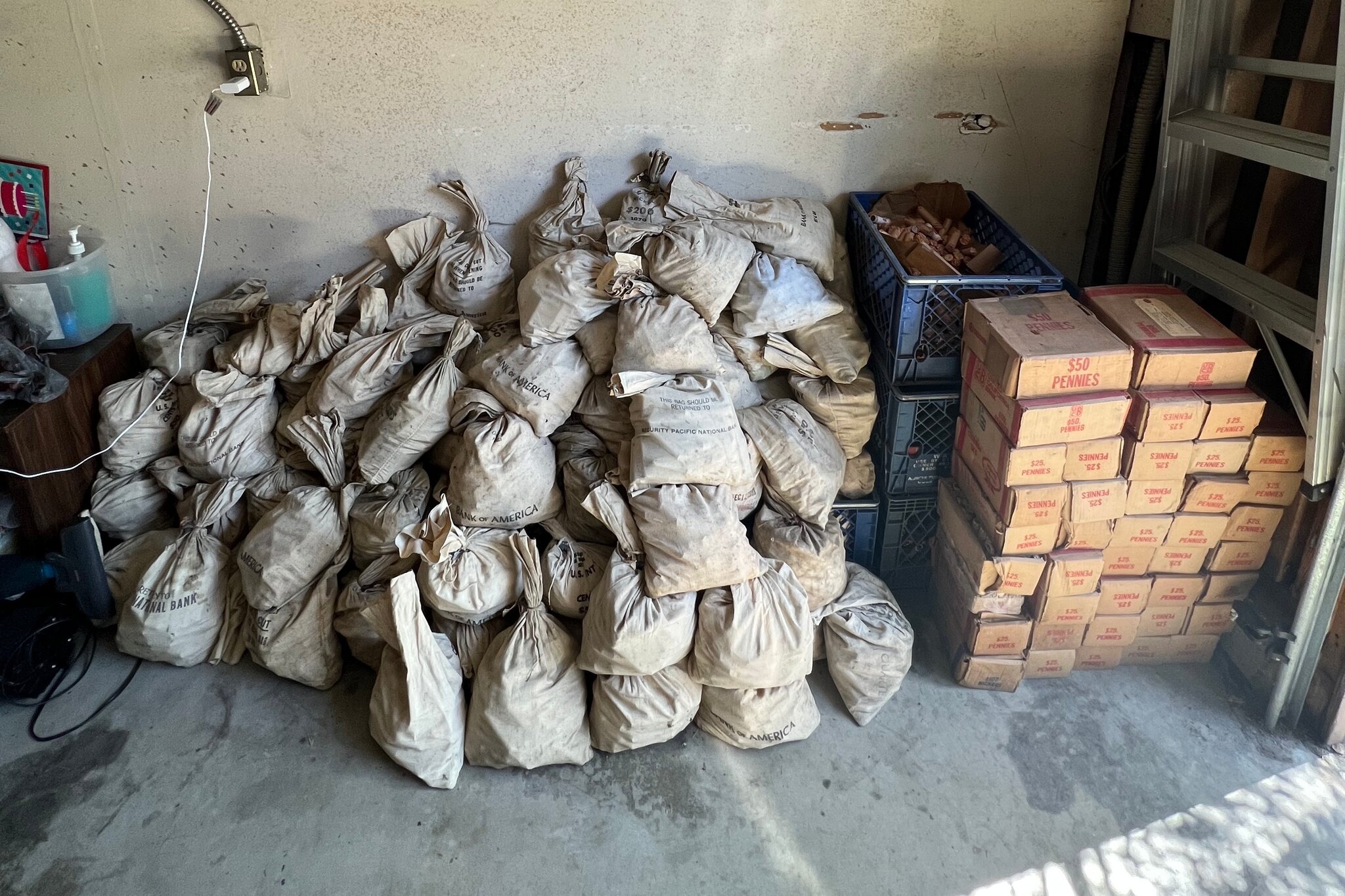Introduction to RC Networks
An RC network (Resistor-Capacitor Network) is just a simple digital enterprise that plays an essential position in various digital applications. Whether you’re a amateur discovering the planet of radio-controlled (RC) units or perhaps a qualified in the technology business, knowledge RC communities is essential. In this information, we’ll dive in to what RC communities are, their functioning axioms, purposes, and significantly more.
On the planet of technology, an network is found in everything from filter tracks to oscillators.But how do they function, and why are they therefore crucial? Let’s investigate!
What is an RC Network?
An RC network is just a easy enterprise comprised of resistors (R) and capacitors (C) that can be used to filter, delay, or transform signals. These tracks are widely used in both analog and electronic technology to execute projects like smoothing voltage, noise decrease, and signal processing.
The primary efficiency of an network is on the basis of the relationship between the resistor and the capacitor. These components get a grip on how a enterprise reacts to changes in voltage as time passes, making them perfect for purposes like moment tracks, frequency filter, and signal fitness.
How Does an RC Network Work?
At its most basic, an RC network possibly filters or modifies electrical signals. The resistor regulates the existing flow, whilst the capacitor stores and releases energy. When connected in various designs, these components allow the RC network to execute various features such as for example:
- Low-pass filters: Allow low-frequency signs to move while blocking larger frequencies.
- High-pass filters: Allow high-frequency signs to move while blocking decrease frequencies.
- Time tracks: The full time constant of an network determines how fast a capacitor costs or discharges, rendering it a essential element in oscillators or delay circuits.
Types of RC Networks
There are many types of RC communities, each designed to achieve unique features in a circuit. Here are some frequent types:
1. Low-Pass RC Network
A low-pass RC network enables signs with a volume less than a particular cutoff frequency to pass through while attenuating larger frequencies. It’s commonly used in sound systems to filter high-frequency noise.
2. High-Pass RC Network
On the flip area, a high-pass RC network prevents low-frequency signs and enables larger frequencies to pass. This sort of network is important in purposes where high-frequency signs have to be separated from lower-frequency people, such as for example in radio transmission.
3. Band-Pass RC Network
A band-pass RC network enables signs within a unique frequency band to pass through, while filter out frequencies above and below the band. This sort of network is usually used in radio receivers and other purposes in which a unique frequency range is critical.
4. RC Integrator and Differentiator
RC integrators and differentiators are tracks used in signal processing. An RC integrator produces a production that is the integrated of the feedback signal, while an RC differentiator produces a production that is the derivative of the feedback signal.
Applications of RC Networks
RC communities are adaptable and find purposes across many different fields. Here are some crucial areas where RC communities are commonly applied:
1. Audio and Signal Processing
In sound equipment, RC communities are used to filter unwanted noise, shape sound frequencies, and smooth signs for greater sound quality. They are important in equalizers and crossovers for sound systems.
2. Timing Circuits and Oscillators
RC communities are integrated to moment tracks like lamps and oscillators. By preventing enough time constant, they support establish the pace of which signs oscillate or modify, that will be needed for numerous units, from microcontrollers to electronic lamps.
3. Voltage Regulation
RC communities are used in voltage regulation tracks to filter and smooth out the productivity from energy supplies. They help reduce fluctuations and keep a stable voltage, that will be critical for sensitive and painful electronics.
4. Filters for Radio Frequency (RF)
In radio communications, RC communities are used as filters to choose unique frequencies, enabling only desired signs to pass through while blocking interference or unwanted signals.
Benefits of Using an RC Network
RC communities present several benefits in technology and signal handling:
1. Simplicity and Cost-Effectiveness
RC communities are not at all hard to style and create, making them cost-effective answers for numerous applications. The components (resistors and capacitors) are low priced and readily available.
2. Customizable
The full time constant of an RC network can be simply adjusted by changing the prices of the resistor and capacitor. That mobility makes RC communities perfect for fine-tuning performance in various applications.
3. Noise Reduction
RC communities help reduce noise by smoothing out signs, which is specially of good use in sensitive and painful purposes such as for example sound or transmission systems.
4. Wide Range of Applications
From energy items to signal handling, RC communities are present in a wide variety of units, indicating their flexibility and value in electronics.
Designing an RC Network
Developing an RC network needs knowledge the desired application and selecting the appropriate components. Here’s a basic information on how best to style one:
Step 1: Choose the Purpose
Decide whether your RC network is meant to become a filter, timer, or signal conditioner. The application form can effect picking a resistor and capacitor values.
Step 2: Calculate the Time Constant
The full time constant (τ) is calculated utilizing the method:
τ=R×C\tau = Page1=46 \times Cτ=R×C
Where:
- RRR could be the resistance in ohms (Ω)
- CCC could be the capacitance in farads (F)
The full time constant can establish the conduct of your RC network, like the cutoff frequency in filters.
Step 3: Select Components
After you’ve calculated the desired time constant, select the appropriate resistor and capacitor prices centered on your application.
Step 4: Build and Test
After building the RC network, test it in your enterprise to make sure it functions as expected. Modify the components as needed.
Common Problems in RC Networks
While RC communities are generally reliable, they can experience dilemmas like:
- Portion Specifications: Resistor and capacitor prices have specifications that could affect the performance of the RC network.It’s crucial to decide on components with tight specifications for important applications.
- Heat Tenderness: Both resistors and capacitors can change value with temperature fluctuations, which could affect the performance of the circuit. Applying components ranked for temperature balance can help mitigate this issue.
- Indicate Loss: If the components are not opted for appropriately, signal attenuation or distortion can happen, resulting in decreased performance in purposes like sound systems or transmission devices.
FAQs About RC Networks
1. What is the purpose of an RC network?
An RC network is made to filter signs, get a grip on the flow of recent, and transform electrical houses in a circuit. It’s used in purposes like sound systems, moment tracks, and voltage regulation.
2. What are the main components of an RC network?
The two primary elements are a resistor (R) and a capacitor (C). These aspects interact to ascertain the conduct of the circuit.
3. How does an RC network work as a filter?
An RC network can become a low-pass, high-pass, or band-pass filter depending on the configuration. It uses the resistor to regulate recent flow and the capacitor to store and release power, filter unique frequencies.
4. What are the benefits of using RC networks in signal processing?
RC communities support smooth signs, minimize noise, and filter unwanted frequencies, making them perfect for high-quality signal handling in sound and transmission systems.
Conclusion
RC communities are a effective and adaptable software in technology, giving benefits like ease, low cost, and flexibility. Whether you’re developing a filter enterprise for sound systems or planning a moment enterprise for an oscillator, knowledge how RC communities function is essential. By leveraging their unique houses, you can boost your digital tasks with greater performance and reliability.











Leave a Reply